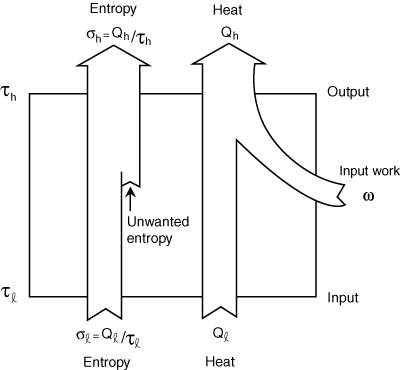Please wait while we process your payment
If you don't see it, please check your spam folder. Sometimes it can end up there.
If you don't see it, please check your spam folder. Sometimes it can end up there.
Please wait while we process your payment

By signing up you agree to our terms and privacy policy.
Don’t have an account? Subscribe now
Create Your Account
Sign up for your FREE 7-day trial
By signing up you agree to our terms and privacy policy.
Already have an account? Log in
Your Email
Choose Your Plan
Individual
Group Discount
Save over 50% with a SparkNotes PLUS Annual Plan!
 payment page
payment page
Purchasing SparkNotes PLUS for a group?
Get Annual Plans at a discount when you buy 2 or more!
Price
$24.99 $18.74 /subscription + tax
Subtotal $37.48 + tax
Save 25% on 2-49 accounts
Save 30% on 50-99 accounts
Want 100 or more? Contact us for a customized plan.
 payment page
payment page
Your Plan
Payment Details
Payment Summary
SparkNotes Plus
You'll be billed after your free trial ends.
7-Day Free Trial
Not Applicable
Renews July 11, 2025 July 4, 2025
Discounts (applied to next billing)
DUE NOW
US $0.00
SNPLUSROCKS20 | 20% Discount
This is not a valid promo code.
Discount Code (one code per order)
SparkNotes PLUS Annual Plan - Group Discount
Qty: 00
SparkNotes Plus subscription is $4.99/month or $24.99/year as selected above. The free trial period is the first 7 days of your subscription. TO CANCEL YOUR SUBSCRIPTION AND AVOID BEING CHARGED, YOU MUST CANCEL BEFORE THE END OF THE FREE TRIAL PERIOD. You may cancel your subscription on your Subscription and Billing page or contact Customer Support at custserv@bn.com. Your subscription will continue automatically once the free trial period is over. Free trial is available to new customers only.
Choose Your Plan
This site is protected by reCAPTCHA and the Google Privacy Policy and Terms of Service apply.
For the next 7 days, you'll have access to awesome PLUS stuff like AP English test prep, No Fear Shakespeare translations and audio, a note-taking tool, personalized dashboard, & much more!
You’ve successfully purchased a group discount. Your group members can use the joining link below to redeem their group membership. You'll also receive an email with the link.
Members will be prompted to log in or create an account to redeem their group membership.
Thanks for creating a SparkNotes account! Continue to start your free trial.
We're sorry, we could not create your account. SparkNotes PLUS is not available in your country. See what countries we’re in.
There was an error creating your account. Please check your payment details and try again.
Please wait while we process your payment

Your PLUS subscription has expired
Please wait while we process your payment
Please wait while we process your payment

Problems
Problem :
Say that a car engine runs at 600K. Calculate the Carnot efficiency for the engine.
We know that Th = 600K and that Tl = 300K. The Boltzmann constants
will cancel in the expression for the Carnot efficiency, so we obtain:
ηC =  = 0.5.
= 0.5.
Problem :
What temperature requirements make the Carnot efficiency at a maximum?
The greater the ratio between the high temperature and the low temperature, the closer the efficiency becomes to 1. Therefore, an extremely low lower temperature and an extremely hot higher temperature yield a near perfectly efficient engine.
Problem :
Draw a diagram showing the entropy and energy flow in a refrigerator, just as we did for a heat engine. Include the possibility of unwanted additional entropy within the device.

Problem :
The little light in the fridge was designed to shut off long before conservation of electricity was an accepted concern. Why?
All of the energy output from the light were it on would be generated within the refrigerator and the corresponding entropy would require extraction. A powerful bulb of say 20 Watts could substantially affect the cooling efficiency of the refrigerator.
Problem :
Explain why we can't open the door to the refrigerator as a method to cool the house.
This is a good one to know to save on your energy bills. Essentially, we are connecting the inside and outside of the device. We are extracting heat from the "inside" and dumping it into the "outside". We can take a step back, though, and realize that every bit of power that runs the refrigerator must be dissipated somewhere. Therefore the net result is that the power running the device goes to warm the house, not cool it, though it certainly warms the house efficiently.
Please wait while we process your payment

